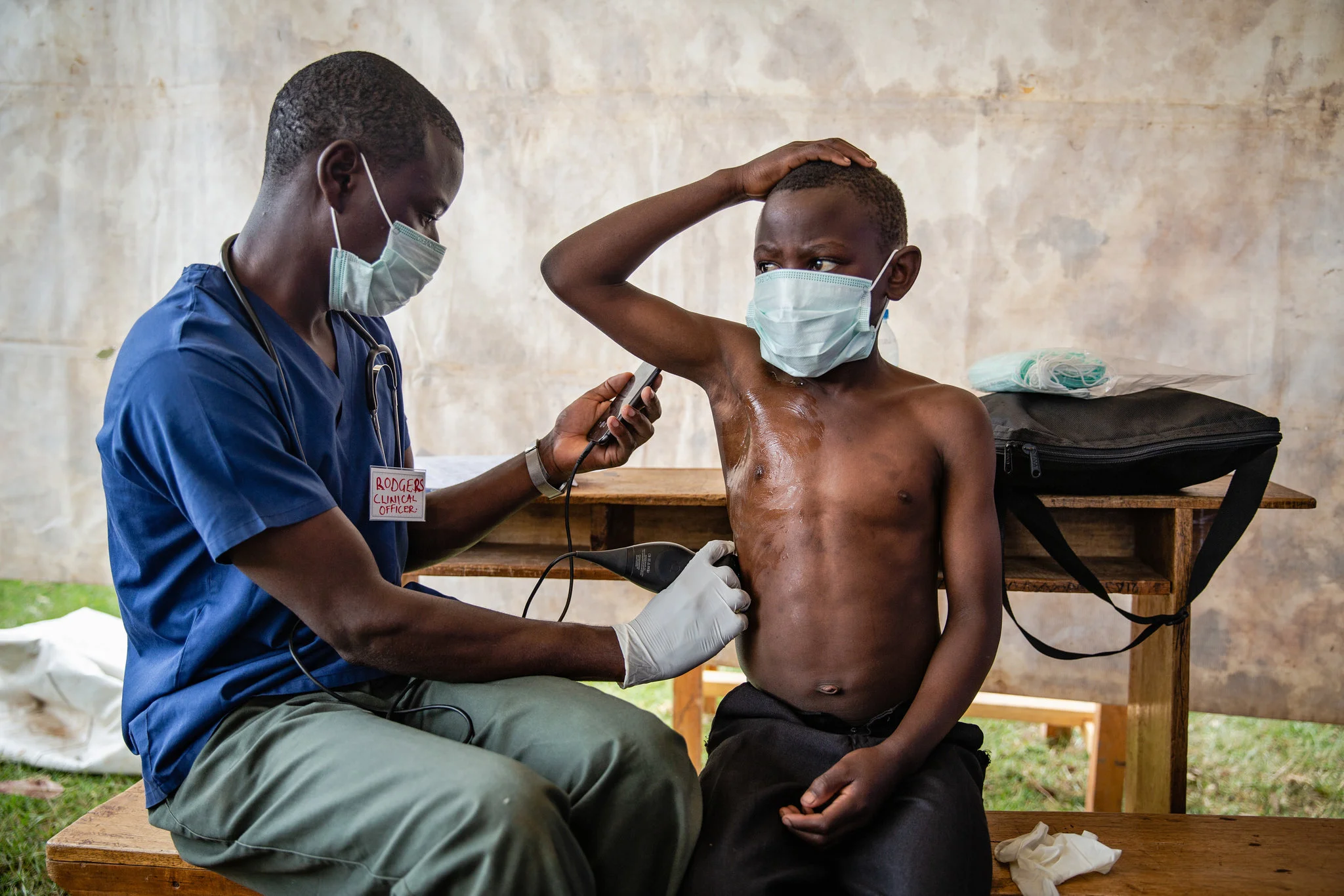In African Villages, Phones Become Ultrasound Scanners
POSTED ON APRIL 15, 2019, BY DONALD G. MCNEIL JR.
The Butterfly iQ, a hand-held ultrasound scanner, is about the size of an electric shaver. It is battery-powered and contains microchips rather than piezoelectric crystals, so it usually won’t break if dropped. For Butterfly Network, the Connecticut company that makes it, the profitable target customers are doctors and nurses who can afford a $2,000 device that fits in a coat pocket and is as portable as a stethoscope. Dr. William Cherniak founded Bridge to Health, a Canadian charity, which is testing the scanners in remote areas… working closely with Kihefo, a medical charity based in western Uganda. But the scanner also has huge potential in rural Africa, Asia and Latin America, where the nearest X-ray machine may be hours away and the only CT and MRI scanners may be in the nation’s capital. “That was my real motivation for making it,” said Jonathan Rothberg, Butterfly’s founder... “Two-thirds of the world’s population gets no imaging at all,” he added. “When you put something on a chip, the price goes down and you democratize it.” The Bill and Melinda Gates Foundation is one of his backers, as are the investment arms of other family philanthropies. He has donated scanners to medical charities working in 13 low-income countries, seven of them in Africa. For now, the scanners are primarily used to check for pneumonia, which is a major killer of children in poor countries and is frequently misdiagnosed. While pneumonia is the leading concern, doctors have used the scanners to evaluate other organs. Checking a large goiter on the neck of a 42-year-old woman, they learned that it was pressing on her windpipe, meaning she would soon need surgery, even though she had no breathing problems yet. Learning to interpret the fuzzy black-and-white images on a cellphone screen is a skill that can take months to learn. The Gates Foundation, Dr. Rothberg said, is writing software intended to guide untrained users as they scan. For now, Bridge to Health is focusing on teaching Kihefo’s clinical officers, who get up to four years medical training but are not physicians, to diagnose pneumonia. Success will be achieved, Dr. Anguyo and Dr. Cherniak agreed, when the officers’ diagnoses agree with those of the ultrasound specialists in Toronto at least 80 percent of the time. That’s where another aspect of the Butterfly comes in handy: iPhones make it easy to upload scans to the internet. Ugandan national medical protocols require a prescription for every child with high fever and cough. That’s common in poor countries, where it is often impossible to get confirmatory X-rays. (Kihefo’s only X-ray machine, for example, is closed down because the charity cannot afford to build lead walls around it.) Eventually, if ultrasound gains acceptance, the national protocols should change. “If a clinical officer can say, ‘It’s viral, you can go home,’” Dr. Cherniak said, “you can decrease those wrong prescriptions.”
Copyright © 2019 EcoChi, LLC. All rights reserved.




